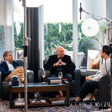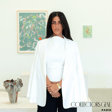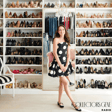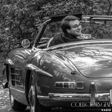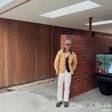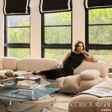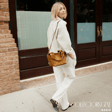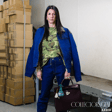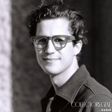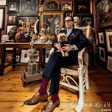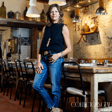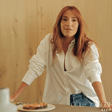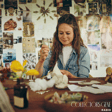
Jake Arnold - A Masterclass On Redefining Comfort
Today, I’m thrilled to be joined by none other than Jake Arnold.
From his British roots to his current homebase in Los Angeles, Jake has taken the interior design world by storm, earning a coveted spot on the AD100 list and redefining what it means to create spaces that are both luxurious and inviting. Without a formal degree in design, Jake carved his path through instinct, passion, and an unparalleled eye for detail, crafting interiors that feel effortlessly timeless.
But Jake isn’t just transforming spaces—he’s transforming the way people access design expertise. As the founder of The Expert, a groundbreaking platform connecting homeowners with top-tier designers for virtual consultations, he’s making high-end design more collaborative and accessible than ever.
We dive into Jake’s journey: from his first project to the inspirations behind his signature style, his love of collecting furniture, decor, and materials, and his career-defining collaborations with brands like Crate & Barrel, Lulu & Georgia, and Parachute. We’ll also chat about his recent coffee table book, Redefining Comfort, and the lessons he’s learned designing his own home.
It’s truly an honor to have him on the show and I hope you all enjoy it just the same. So without further adieu, please welcome Jake Arnold, to Collectors Gene Radio.
Jake Arnold - https://jakearnold.com/
Collectors Gene - https://collectorsgene.com/
